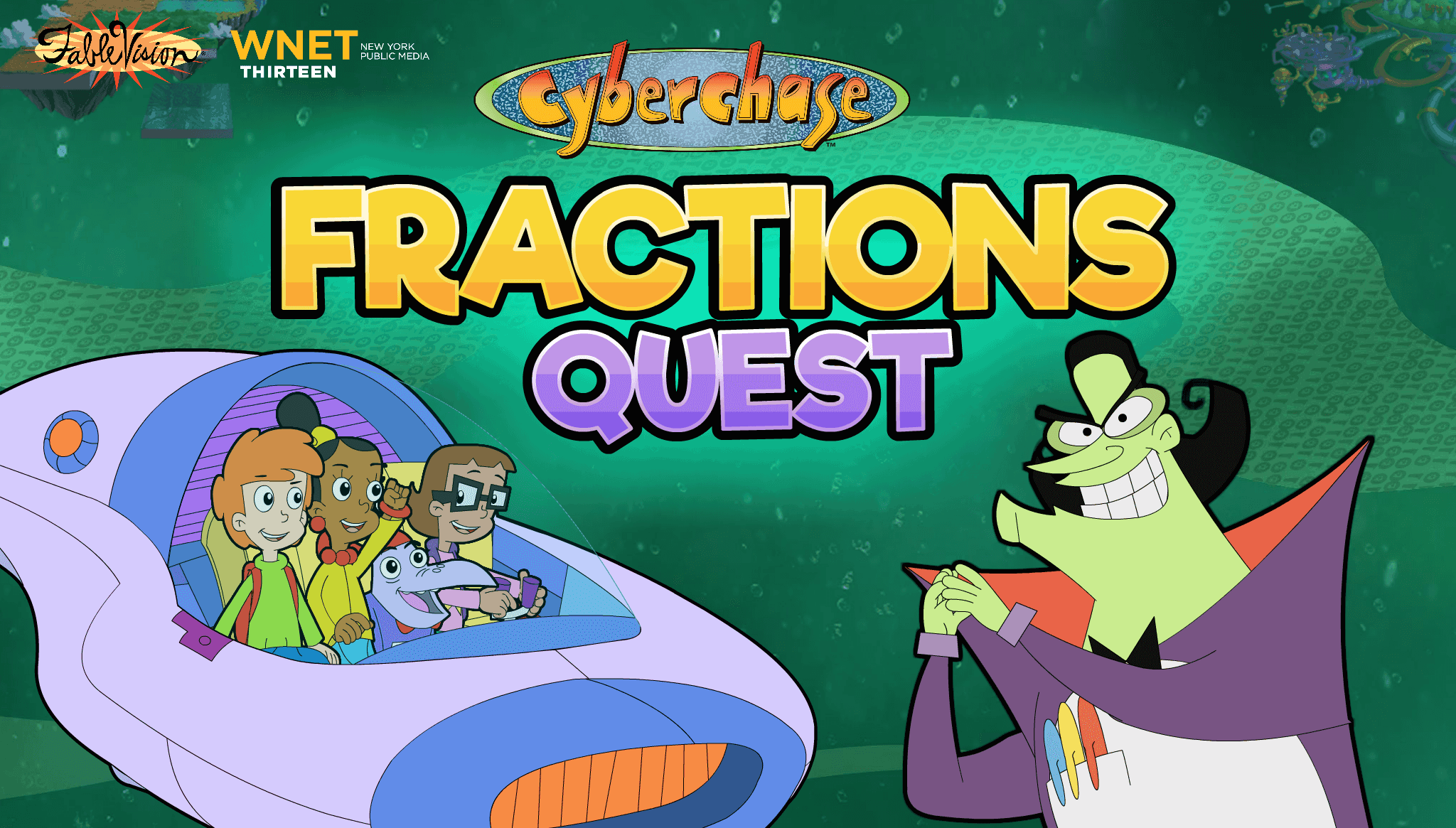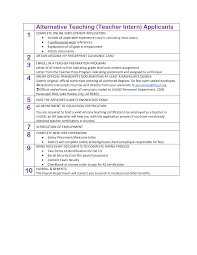
Kansas provides grants for college to assist students in pursuing higher education. There are many grant options available with different standards and requirements. It is best to determine your financial needs before you apply for grants. Once you have identified your need, you may apply for any one of the various grant programs.
Not only are there grants but scholarships also available. These can be either government funds or awards from private universities. Some scholarships require applicants to submit transcripts, test scores and letters of recommendations. These types of funds should not be confused with student loans. The money is generally used to cover tuition costs. However, these funds don't have to be repaid. They are often awarded on an "first come, first served" basis.
To be eligible for a grant, complete the Free Application for Federal Student Aid. This is free and can be completed by mail or online. Once you have submitted the application, you can determine your eligibility for federal or state grants.

You could be eligible for a Kansas Comprehensive Grant, depending on how much you have to pay. These grants are available to students attending public or private colleges. They range from $100 to $3,000. Vocational Scholarships can be applied for by students in vocational schools or career technical schools.
State Scholars offers financial aid as another option. The State Scholars program provides $1,000 each year to students who demonstrate academic promise and financial need. Students can apply for the scholarship in their senior year of highschool.
Kansas Career Technical Workforce grants are available for students who are enrolled in Kansas universities and colleges. This grant provides financial support for students who desire to study in a highly-demanding field. Kansas residents are required to apply if they have financial need. This grant supports high cost fields, such associate's degrees or certificate programs.
One way to determine if you are eligible for a Kansas grant is to fill out the Free Application for Federal Student Aid, or the FAFSA. This application can also be found on the state web site.

Kansas offers several scholarships for residents. Kansas residents may apply for general scholarships or the Kansas Comprehensive Grant. Also, if you have relatives who serve in the military, you may be able to receive a tuition waiver.
Finally, if you are a veteran, you can apply for the Kansas Military Service Scholarship. Kansas offers the Kansas Military Service Scholarship, which is a scholarship designed to aid military personnel and their dependents.
Kansas Ethnic Minority Scholarship: This state-funded scholarship is for Kansas minority students. You must be a minority, have financial need, have academic promise, and be eligible to apply. The second grant is available for up four years following your graduation.
FAQ
What is a Trade School?
Trade schools can be an alternative for those who have not had success in traditional higher education to obtain a degree. They offer career-focused programs which prepare students to pursue specific careers. The programs offer two-year courses in one semester. Students then go on to a paid apprenticeship program, where they are trained in a specific job skill set and given practical training. Trade schools can include technical schools, community colleges and junior colleges as well as universities. Some trade schools also offer associate programs.
What's the purpose of education and schooling?
Education should equip students with the skills they need to be successful in work. Education is more than a academic pursuit. It's a social activity that allows children to learn from one another and gains confidence through participation in arts, music, and sports. Education is about helping students think critically and creatively to become self-reliant and autonomous. What does it entail to have high educational standards?
High educational standards ensure that every pupil achieves their potential. They set clear goals that teachers and pupils work towards. Education standards that are flexible enough to allow schools to adapt to changing needs can be a good thing. A fair and equitable educational system must ensure that all children have equal chances of success no matter their background.
How long does a teacher of early childhood take?
The bachelor's degree program in early childhood education takes four years. It will take you two years to complete the required general education courses at most universities.
After completing your undergraduate studies, you will usually enroll in graduate school. This step allows one to specialize in a certain area of study.
You could, for example, choose to study learning disabilities or child psychology. After earning a master's, you must apply to a teacher preparation program.
This process may take another year. During this period, you will work with experienced educators to gain real-world knowledge.
Finally, to be able to officially start working as a teacher, you will need pass the state exams.
This process is lengthy and you will not be able instantly to enter the workforce.
Is it difficult for a teacher to become?
Being a teacher is a huge commitment. You will need to give a significant amount time to your studies.
While earning your degree, you should expect to work about 40 hours per săptămână.
A job that is flexible with your schedule is another important consideration. Part-time jobs are difficult to find for students who want to balance school and work.
You will likely teach classes once you have been hired as a full time teacher. You may also need to travel between schools each week.
How much does homeschooling cost?
There are no set costs for homeschooling. Some families charge between $0-$20 per lesson. Other families offer free services.
But homeschooling is not easy. It requires commitment and dedication. Parents should be able to dedicate enough time to their children.
Access to books, materials, and other learning aids is essential. Homeschoolers are often required to attend community events and participate in programs that complement their curriculum.
Parents must consider the costs associated with transportation, tutors, and extracurricular activities.
Homeschoolers also need to plan for field trips, vacations and special occasions.
Statistics
- Globally, in 2008, around 89% of children aged six to twelve were enrolled in primary education, and this proportion was rising. (en.wikipedia.org)
- And, within ten years of graduation, 44.1 percent of 1993 humanities graduates had written to public officials, compared to 30.1 percent of STEM majors. (bostonreview.net)
- Data from the Department of Education reveal that, among 2008 college graduates, 92.8 percent of humanities majors have voted at least once since finishing school. (bostonreview.net)
- These institutions can vary according to different contexts.[83] (en.wikipedia.org)
- They are more likely to graduate high school (25%) and finish college (116%). (habitatbroward.org)
External Links
How To
What is vocational education?
Vocational Education, which is an educational system that prepares high school students for jobs after college or high school, provides them with training in specific skills required for a job (e.g. welding). Vocational Education also offers apprenticeship programs that provide on-the-job training. Vocational education stands out from general education. This is because it focuses less on general knowledge and more on developing skills for specific occupations. Vocational education does not prepare students for university, but it helps them find work after graduation.
Vocational education can take place at all levels of schooling. This includes primary schools, secondary schools and colleges, universities as well as colleges, technical institutes, technical colleges, trade schools, community college, junior colleges, four-year colleges, and colleges. There are also many specialty schools like nursing schools and law schools, legal schools, medical schools and dental schools as well as veterinary medicine, veterinary medicine, firefighting, police academies and military academies. Many of these provide both academic instruction and practical experience.
A number of countries have made significant investments in vocational education over recent decades; for example, Australia, Denmark, Finland, Germany, Ireland, Japan, Luxembourg, New Zealand, Norway, Poland, Sweden, Switzerland, the United Kingdom, and the United States. However, the effectiveness of vocational education remains controversial. Some critics argue that it does little to improve students' employability; others argue that it provides useful preparation for life after school.
According to the U.S. Bureau of Labor Statistics (47% of American adults are currently holding a postsecondary certificate/degree related to their current job), this figure is higher among those with more education. This percentage is higher among those with higher education. 71% percent of the 25-29 year olds with a bachelor's degree are currently working in fields that require postsecondary credentials.
The BLS reported that almost half the adult population of the country had at least one form of postsecondary credential as of 2012. About a third of Americans were able to obtain a twoyear associate degree. Another 10% had a fouryear bachelor's. One in five Americans holds a master’s degree or doctorate.
For those with a bachelor’s degree, the median annual income was $50,000. This is compared to $23,800 if you don't have one. For advanced degrees, the median annual wage was $81,300.
The median wage for people who did not finish high school was only $15,000. The median annual income for those with less than a high-school diploma was $13,000